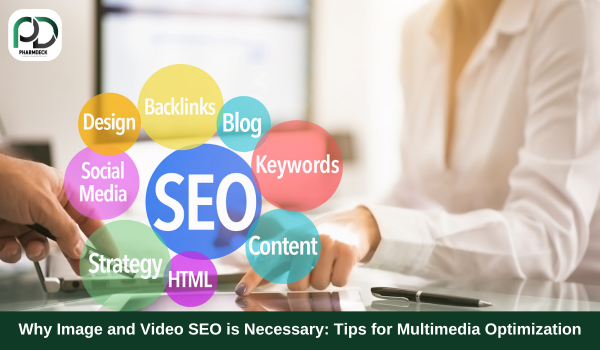
In today’s fast-paced digital world, multimedia content has become a dominant force. With visuals driving higher engagement rates, the importance of Image and Video SEO has skyrocketed. Proper optimization ensures your multimedia assets are not only seen but also boost your overall online presence. Let’s dive into why Image and Video SEO is essential and how you can optimize effectively.
Why Image and Video SEO Matters
1. Enhanced User Experience
Visual content enhances the user experience, making it easier for audiences to consume and retain information. Optimized images and videos load faster, improving website performance and user satisfaction.
2. Better Search Rankings
Search engines prioritize websites with properly optimized multimedia. Images and videos with relevant tags, descriptions, and structured data improve your site’s SEO, leading to higher rankings on SERPs.
3. Increased Traffic from Visual Searches
With tools like Google Lens and Pinterest Lens, visual search is gaining traction. Optimized images and videos make your content discoverable to users searching through these platforms.
4. Higher Engagement Rates
Multimedia content is more engaging than text alone. Optimized videos and images can attract clicks, shares, and backlinks, boosting your site’s authority.
Tips for Optimizing Multimedia Content
1. Use Descriptive File Names
Rename your files with descriptive and keyword-rich names. For example, replace “IMG1234.jpg” with “digital-marketing-tips-2025.jpg.”
2. Add Alt Text and Captions
Alt text helps search engines understand your images and improves accessibility for visually impaired users. Captions provide context and increase engagement.
3. Compress Files Without Losing Quality
Large multimedia files can slow down your site. Use tools like TinyPNG or HandBrake to compress images and videos while maintaining quality.
4. Leverage Structured Data
Use schema markup to help search engines understand your multimedia content. This can improve visibility in rich snippets and video carousels.
5. Optimize for Mobile
With most users accessing content via mobile devices, ensure your images and videos are responsive and optimized for smaller screens.
6. Create Transcripts for Videos
Adding transcripts improves accessibility and allows search engines to index your video content better.
7. Utilize Video Hosting Platforms
While hosting videos on your site is beneficial, using platforms like YouTube or Vimeo can increase reach and drive traffic to your website.
Conclusion
Optimizing your images and videos is no longer optional; it’s a necessity in the competitive digital landscape. By following these tips, you can boost your site’s visibility, improve user experience, and increase engagement. Ready to level up your multimedia strategy? Visit Pharmdeck for expert guidance and services to enhance your digital marketing efforts.

Add a Comment